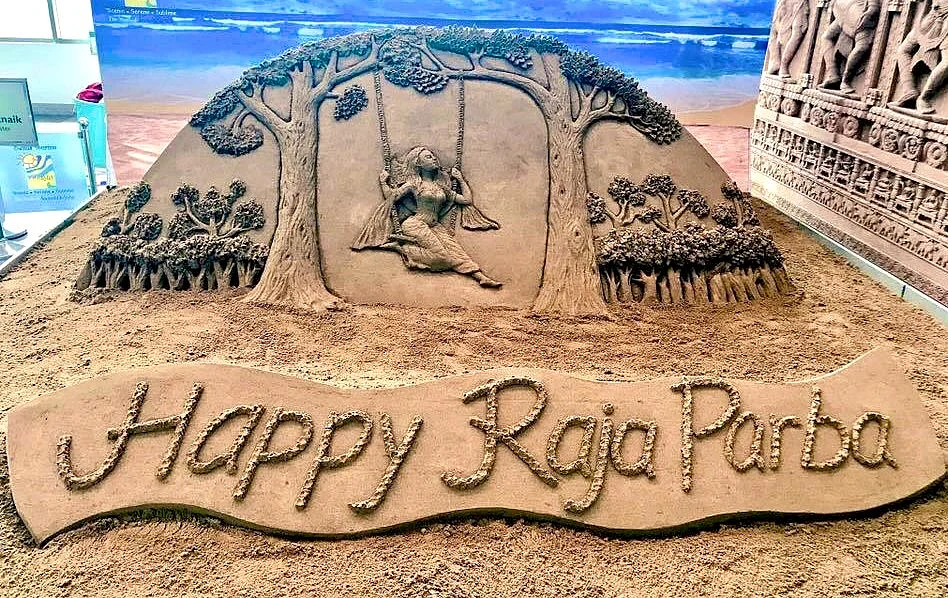Raja Parba: Odisha Celebrates 3-Day Long ‘Menstruation Festival’
It is believed that Mother Earth undergoes menstruation on the three days of the festival.

advertisement
The state of Odisha celebrated a 3-day long Menstruation Festival that started on 13 June. The festival- known as Raja Parba- celebrates menstruation and womanhood and is observed by women and girls.
According to mythology, on the three days of the festival, Mother Earth, or Bhudevi, believed to be the wife of Lord Jagannath undergoes menstruation. On the fourth day, a ceremonial bath takes place.
The festival relates the menstrual cycle of the Goddess with the beginning of the agricultural season.
Each day of the festival has a different name, each with a unique significance.
The first day is called Pahili Rajo or first day of Rajo (Raja).
The second day is called Mithuna Sankranti, signifying the beginning of the Mithuna month i.e. the rainy season.
The third day is Bhu Daaha or Basi Raja, (Past Raja) and the fourth day is called Vasumati Snana.
Women are expected to follow the ‘rules of menstruation’ during these three days.
They are expected to wake up at dawn and take a bath on the first day, after which bathing is not permitted till the end of the festival.
In some places women also follow customs like eating uncooked food.
They are also encouraged to buy new clothes, play games and are served special delicacies. They are kept away from all household chores.
A special aesthetic attraction of the festival are the makeshift, decorated swings that are installed in trees. There are different types to the swings as well like Ram Doli', 'Charki Doli', 'Pata Doli', 'Dandi Doli' etc.
The festival, which started as a tribal practice, has now spread to all parts of Odisha, celebrated especially in places like Puri, Balasore and Cuttack.